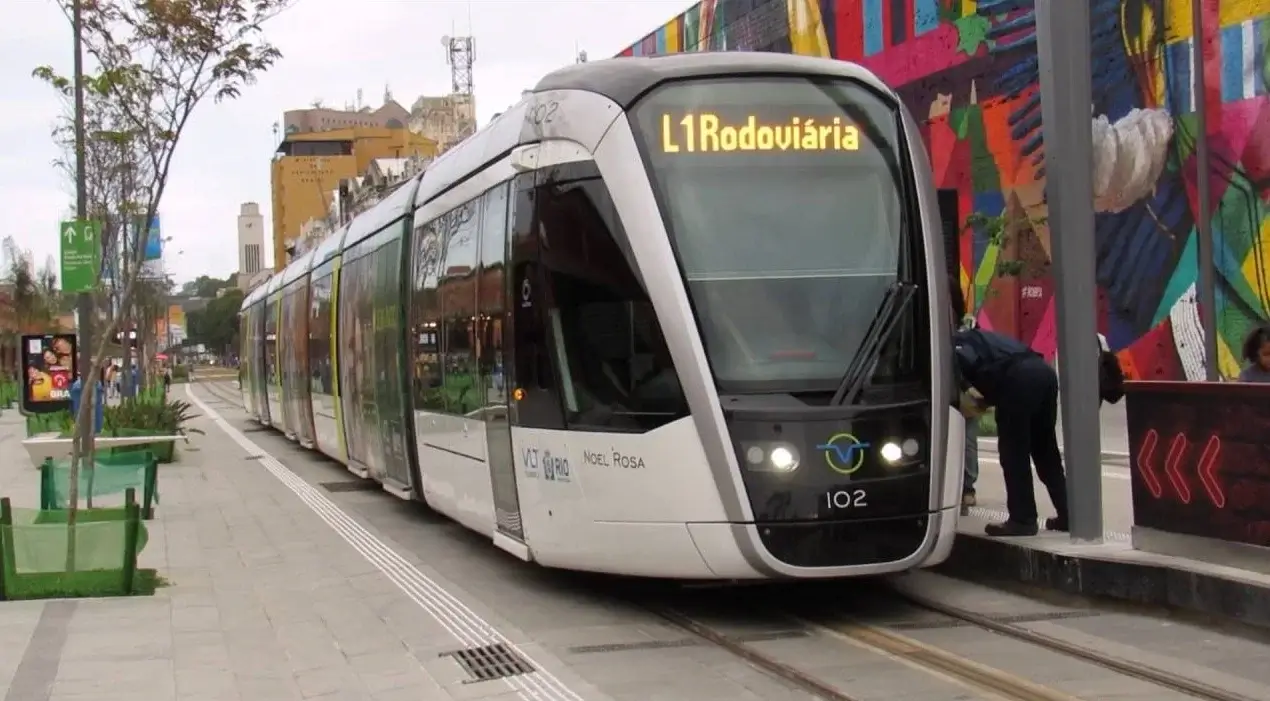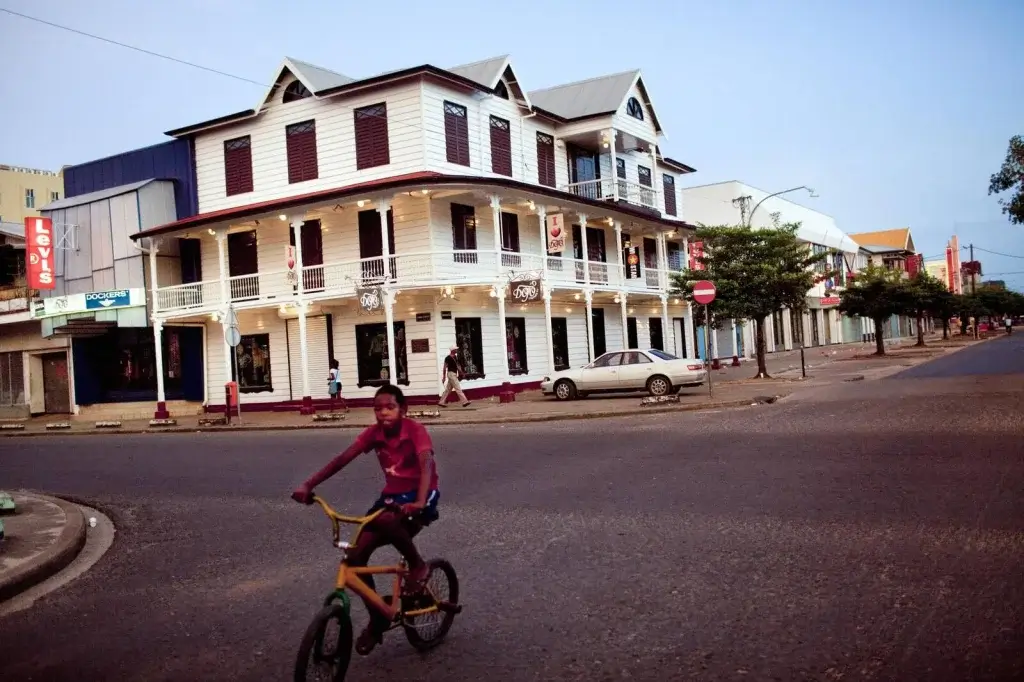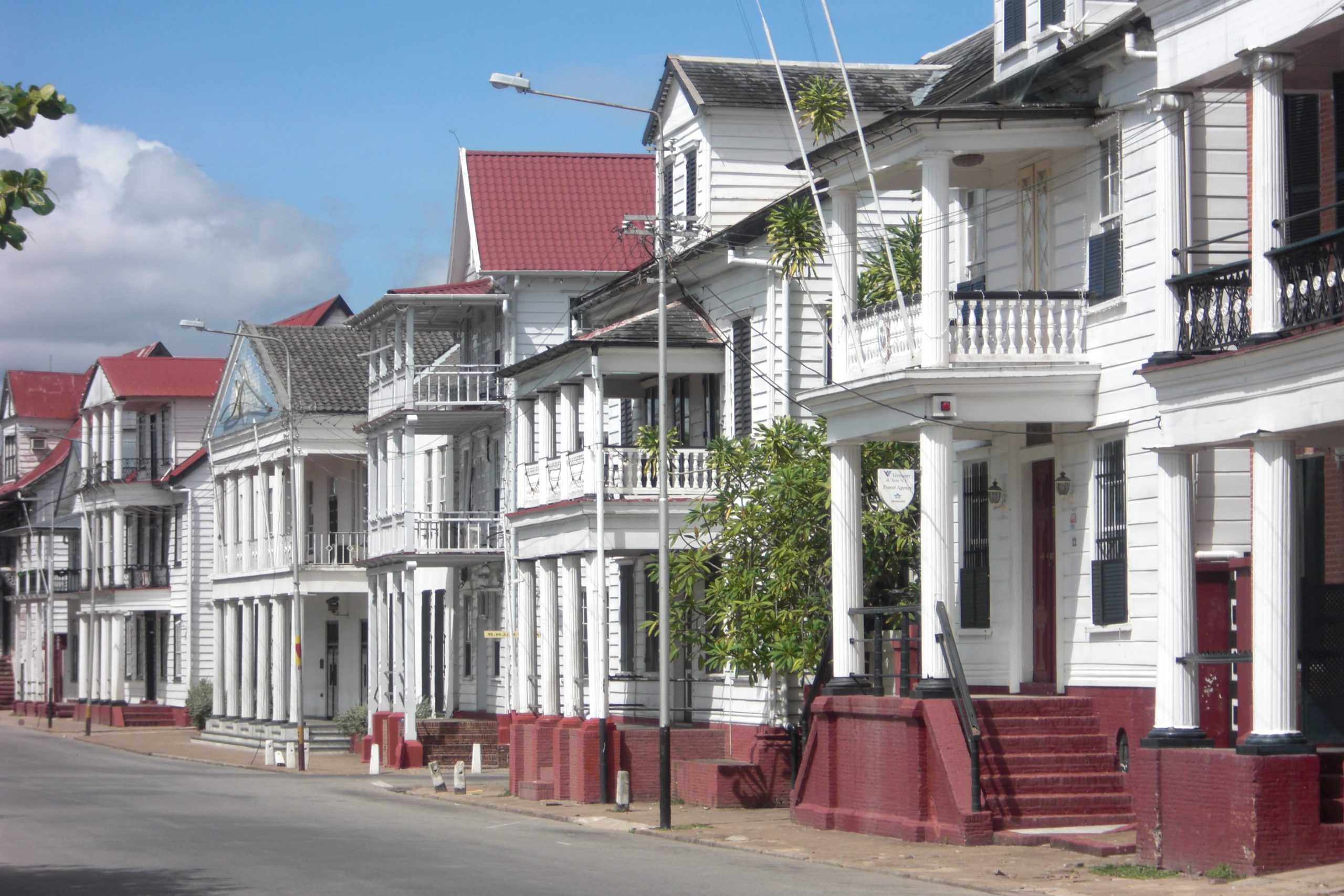From Rio to Paramaribo

A VLT Inspiration for Revitalizing the Heart of Suriname
Suriname’s capital, Paramaribo, is a vibrant city steeped in history and cultural charm. Yet, like many urban centers, it faces challenges in revitalizing its downtown and port areas. Could Rio de Janeiro’s VLT Carioca, a light rail system credited with breathing new life into its historic core, offer valuable lessons for Paramaribo’s own rejuvenation journey? Absolutely! Let’s delve into four key aspects where the VLT’s success can inspire Paramaribo’s transformation:
1. Accessibility and Connectivity: A Lifeline for the City Center
The VLT Carioca transformed Rio’s downtown by offering convenient, affordable, and eco-friendly public transportation. Imagine a similar system in Paramaribo, weaving through the historic streets, connecting residents, businesses, and cultural attractions seamlessly. This would not only ease traffic congestion but also encourage exploration, boosting tourism and economic activity. The VLT’s success story demonstrates that accessible public transport is not just a convenience, but a lifeline for revitalization.

2. Preservation and Progress: Hand in Hand
The VLT’s path in Rio respected the city’s architectural heritage, integrating seamlessly with historical landmarks. Paramaribo, too, boasts a rich architectural tapestry. A VLT system could be designed to complement this heritage, not overshadow it. Imagine restored colonial buildings lining the tracks, echoing the city’s past while embracing a sustainable future. The VLT’s example shows that progress doesn’t have to come at the cost of losing one’s identity.
Read also: Rio’s Rhythmic Revival
3. A Catalyst for Economic Vibrancy
The VLT in Rio spurred economic growth by attracting businesses, residents, and tourists to the revitalized downtown. Paramaribo can replicate this success. A VLT system would create new opportunities for local businesses, fostering a vibrant commercial district. Imagine bustling cafes lining the streets, art galleries showcasing local talent, and restored historical buildings transformed into charming shops and restaurants. The VLT’s impact demonstrates the power of public transportation to act as a catalyst for economic revival.
4. A Beacon of Sustainability and Community
The VLT’s electric operation contributes to Rio’s sustainability goals, and Paramaribo can follow suit. A VLT system powered by renewable energy would not only reduce emissions but also serve as a symbol of the city’s commitment to a greener future. Imagine a car-free zone around the VLT tracks, creating a space for pedestrians, cyclists, and public art, fostering a strong sense of community. The VLT’s example showcases how public transportation can be a force for good, promoting both environmental and social well-being.
The VLT Carioca’s story is one of urban revitalization, offering valuable lessons for Paramaribo. By embracing accessibility, respecting heritage, fostering economic vibrancy, and prioritizing sustainability, Paramaribo can write its own inspiring chapter of transformation. The journey may be unique, but the destination – a thriving, sustainable, and connected city center – is within reach. So let’s draw inspiration from Rio’s success and embark on Paramaribo’s exciting journey of renewal, together.









